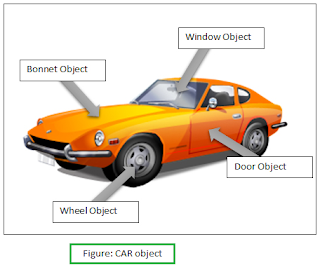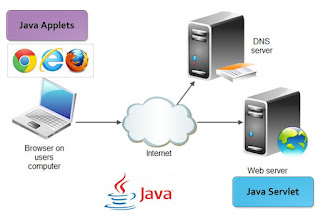
Solution:
If you want to run this Java program, you have to do the following:
- Step1: Your computer must have JDK installed to run and compile any Java program.
- Step2: Create a file name DirfileList.java with the source code given bellow and save the file on any location on your computer.
- Step3: Compile and Run the java program to get the output.
1 2 3 4 5 6 7 8 9 10 11 12 13 14 15 16 17 18 19 20 21 22 23 24 25 26 27 28 29 30 31 32 33 34 35 36 37 38 39 40 41 42 43 44 45 46 47 48 49 50 51 | import java.io.File; import java.util.ArrayList; import java.util.List; public class DirfileList { public static void main(String[] args) { // TODO code application logic here try { // Set directory path name File path = new File("F:/test"); // Get list of files File[] listOfFiles = path.listFiles(); // Declare file name list List<String> file_names = new ArrayList<String>(); // Declare directory name list List<String> dir_names = new ArrayList<String>(); // Loop throw the files and directory name and store the names in List for (int i = 0; i < listOfFiles.length; i++) { if (listOfFiles[i].isFile()) { file_names.add(listOfFiles[i].getName()); } else if (listOfFiles[i].isDirectory()) { dir_names.add(listOfFiles[i].getName()); } } // Print file names for (String fName : file_names) { System.out.println("File:" + fName); } // Print directory names for (String dName : dir_names) { System.out.println("Directory:" + dName); } } catch (Exception e) { System.out.println("!! Error:" + e.toString()); } } } |
Java: A Beginner's Guide, Sixth Edition
























